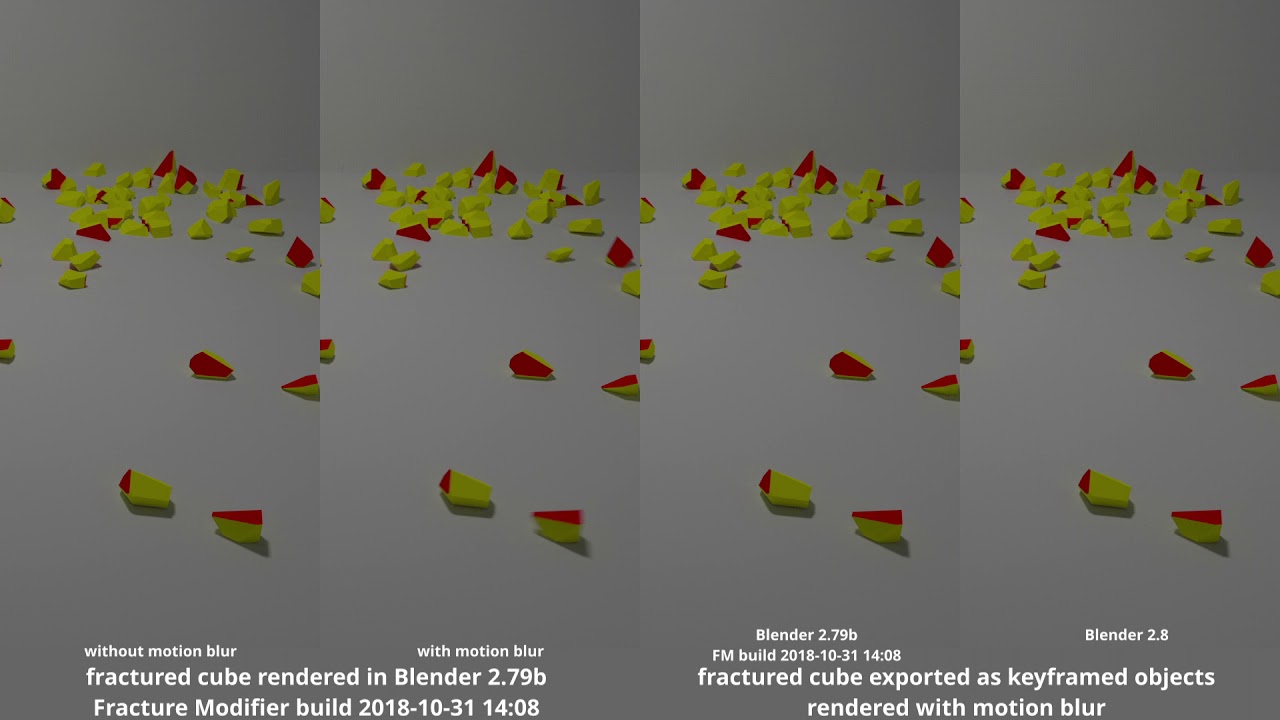Dense meshes are a problem for blender itself, then that gets passed to the FM. There are several tutorials and guides on cleaning up meshes. On the FM docs page I put a guide for text meshes also.
You can try some aggressive mesh cleanup techiques and that might help. Also a popular technique in general for VFX is making a substitution mesh by creating a second mesh that you substitute for the first mesh right at the beginning of the sim so it is not noticeable. You can use retopology techniques for that. Or maybe even separate the mesh being broken into multiple meshes to begin with might help.
This second object technique is very similar to the ghost mesh second object technique where you use a simpler mesh in the same shape as the colliding mesh instead of using a complex mesh to break an object. Both of these are standard VFX techniques in destruction. So looking at it from a believable fake technique may give you the results you want.
Again, dense meshes are difficult for blender first of all, and actually, most 3D programs. So as a result it is best dealt with outside of the FM’s workflow. The reason being if you have to change a parameter in the FM it might again react badly to blender’s handling of the original and problematic dense mesh.
This question comes up regularly so please keep us posted on your progress.
Fracture ON!
 you could upload that to Google drive and put a link here or so
you could upload that to Google drive and put a link here or so
 Thanks man!
Thanks man!